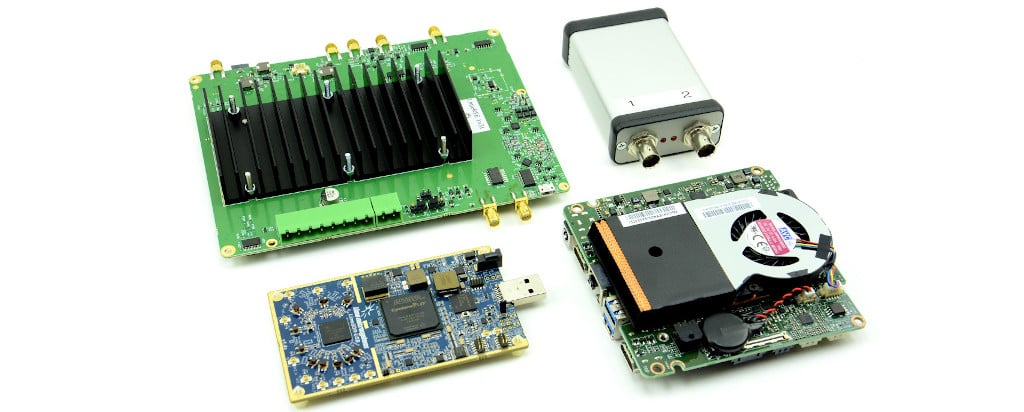QCSuper: Capture 2G/3G/4G/5G Radio Frames with Qualcomm Phones
In the past, we've shown how it's possible to use RTL-SDRs or other SDR devices together with the Airprobe software to analyze data from 2G GSM mobile phones and towers. (Note that it's not possible to listen in on conversations or read SMS data unless you have the encryption code for the recipient phone. This is only capable of showing cell tower basestation telemetry for example).
While not directly related to SDR, readers might be interested to know that a new piece of software called QCSuper has been released which enables similar analysis capabilities for 2G/3G/4G/5G signals through the use of Qualcomm-based phones and modem hardware. To use it you will need a rooted Android phone. The software accesses a diagnostics mode available in Qualcomm devices and makes the data available for view on Wireshark.

